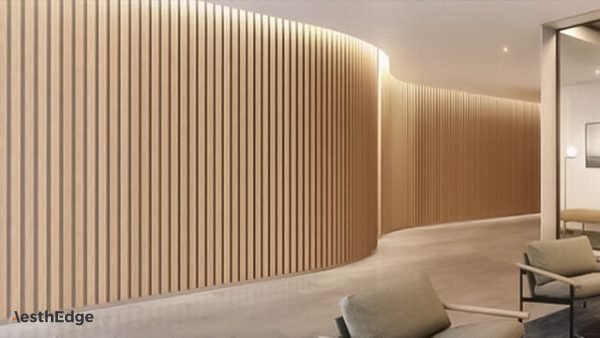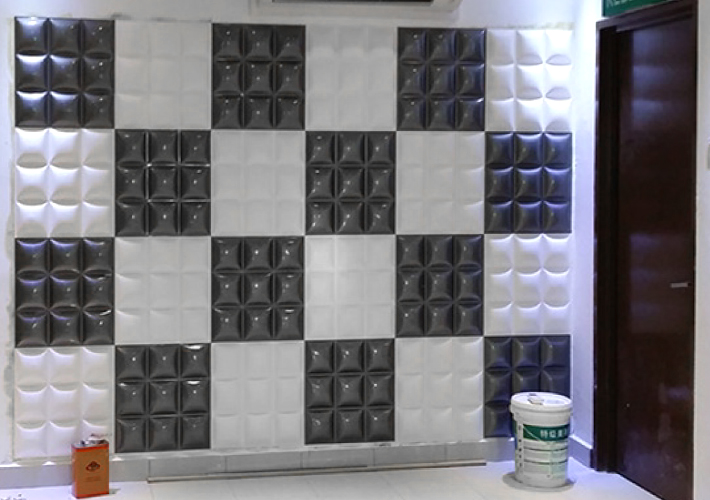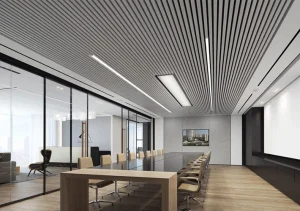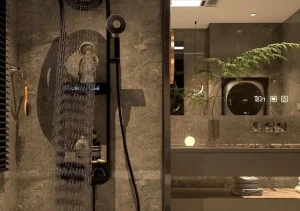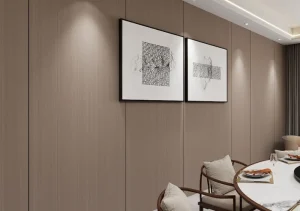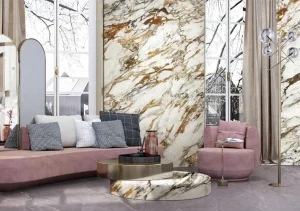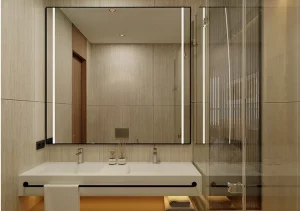Table of Contents
ToggleIntroduction
- Overview: Decorative wall panels have become an essential part of modern architecture, providing aesthetic appeal, functionality, and durability for both interior and exterior applications. In recent years, 3D wall panels, specifically for exterior use, have gained significant popularity due to their unique textures, designs, and ability to transform building facades.
- Purpose of the Article: This article aims to explore the various types of exterior 3D decorative wall panels, highlighting their materials, designs, benefits, and potential applications.
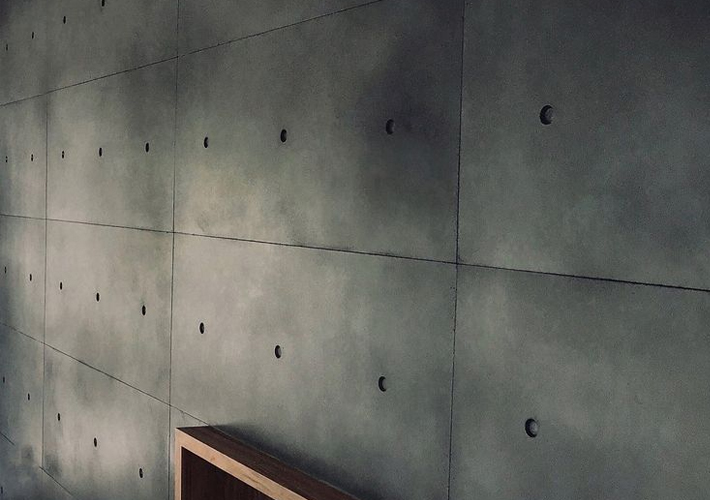
Fiber Cement 3D Wall Panels
Material Composition: Fiber cement is a durable, low-maintenance material made from cement, sand, and cellulose fibers. It is a popular choice for exterior wall panels due to its weather resistance and versatility.
Design Options: Fiber cement 3D wall panels can be molded into various geometric patterns, organic shapes, or even customized designs to suit the aesthetic preferences of the building owner.
Benefits:
- Weather Resistance: Can withstand harsh weather conditions, making them ideal for outdoor use.
- Fire-Resistant: Provides additional safety for buildings, especially in fire-prone areas.
- Low Maintenance: Unlike wood or other materials, fiber cement panels require little maintenance.
Applications:
- Commercial Buildings: Shopping centers, office buildings, and entertainment complexes.
- Residential Homes: Modern homes and villas that require long-lasting, stylish exterior finishes.
Installation: Easy to install and highly durable, reducing the need for frequent repairs.
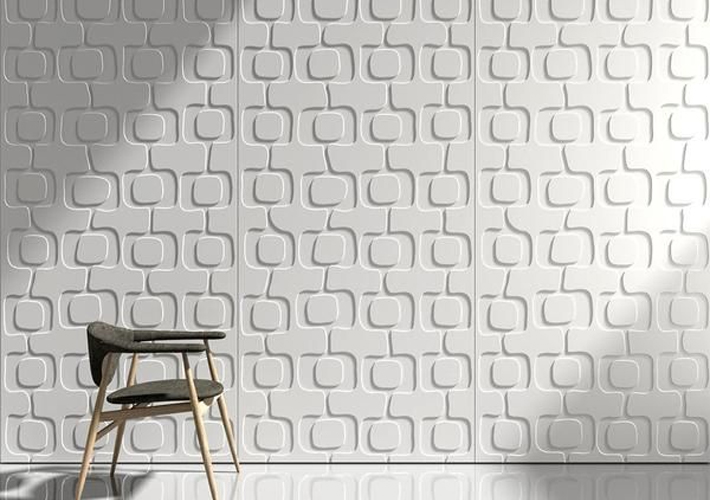
PVC 3D Wall Panels
Material Composition: Polyvinyl chloride (PVC) is a synthetic plastic polymer that is lightweight, durable, and resistant to moisture. PVC wall panels are becoming increasingly popular in the construction industry.
Design Options: Available in a wide range of 3D designs, including wave patterns, honeycomb structures, and floral motifs. Custom designs can also be produced to meet specific client needs.
Benefits:
- Moisture Resistance: Ideal for exterior use in areas with high humidity or precipitation.
- Lightweight: Easy to transport and install compared to heavier materials.
- Cost-Effective: Less expensive than other materials, making it a popular choice for large-scale projects.
Applications:
- Facades: Used for cladding the exterior of buildings to create a modern and dynamic look.
- Public Spaces: Parks, walkways, and entertainment venues where aesthetic appeal is important.
Installation: PVC panels are easy to handle and install, often requiring less labor than more traditional materials.

WPC (Wood Plastic Composite) 3D Wall Panels
Material Composition: WPC panels are made from a blend of wood fibers and plastic, offering the warmth and aesthetic appeal of wood with the durability and low-maintenance benefits of plastic.
Design Options: WPC panels can be manufactured with various textures and 3D designs, such as wood grain patterns, geometric shapes, and other custom forms.
Benefits:
- Eco-Friendly: WPC panels use a combination of recycled wood fibers and plastics, making them an environmentally conscious choice.
- Durability: Resistant to rot, mold, and pests, making them ideal for exterior applications.
- Aesthetic Versatility: Can mimic the appearance of natural wood while maintaining a modern design.
Applications:
- Exterior Cladding: Widely used for cladding on homes, commercial buildings, and public spaces.
- Landscaping: Can be used for creating beautiful fences, gates, or garden partitions.
Installation: WPC panels are lightweight, easy to install, and can be cut to size to fit a variety of applications.

Stone and Concrete 3D Wall Panels
Material Composition: Stone and concrete wall panels are solid, heavy-duty materials that provide a high-end aesthetic and exceptional durability.
Design Options: These materials can be cast into a variety of 3D designs, including rough-hewn stone patterns, smooth finishes, and sculpted textures. Natural stones like granite or marble can also be used for luxurious looks.
Benefits:
- Long-Lasting Durability: Stone and concrete are incredibly strong, resistant to weathering, and require minimal maintenance.
- High-End Appearance: These panels provide a sophisticated and upscale look, often associated with high-end luxury architecture.
- Fire and Water Resistance: Stone and concrete are naturally resistant to fire, mold, and water, making them perfect for exterior use.
Applications:
- Luxury Homes: Ideal for high-end residential buildings looking to make a bold architectural statement.
- Commercial Architecture: Hotels, office buildings, and museums that require a prestigious appearance.
Installation: Installation is more labor-intensive and requires professional expertise due to the weight of the materials.
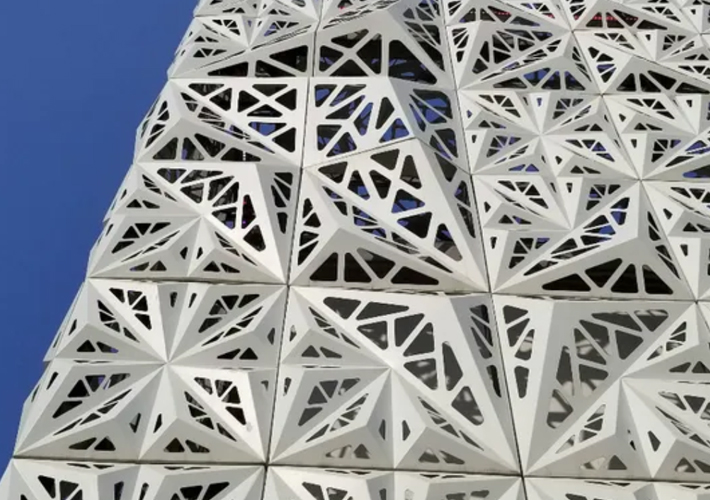
Metal 3D Wall Panels
Material Composition: Metal 3D wall panels are made from various metals, such as aluminum, stainless steel, or copper. These panels often have a reflective or matte finish, depending on the design.
Design Options: Metal panels can be shaped into intricate 3D patterns such as waves, grids, or custom designs that add texture and visual appeal to the building’s exterior.
Benefits:
- Sleek, Modern Aesthetic: Metal panels provide a clean, industrial look that complements modern architecture.
- Durability: Highly resistant to weather, corrosion, and fire.
- Energy Efficiency: Metal panels can help in regulating the building’s temperature by reflecting heat.
Applications:
- Commercial Buildings: Shopping malls, restaurants, and office buildings.
- Exterior Accents: Used in combination with other materials for creating focal points or accent walls on building facades.
Installation: Metal panels can be difficult to install, requiring professional handling due to their weight and complexity in design.

Glass Fiber Reinforced Concrete (GFRC) 3D Wall Panels
Material Composition: GFRC is a composite material made from a mix of concrete and glass fibers, which provide strength and flexibility. This material is often used in architectural applications for both aesthetic and structural purposes.
Design Options: GFRC panels can be molded into intricate 3D designs, offering a wide range of textural and sculptural possibilities.
Benefits:
- Lightweight: Unlike traditional concrete, GFRC is much lighter, making it easier to handle and install.
- Durability: Offers excellent resistance to extreme weather conditions and wear.
- Design Flexibility: GFRC panels can be made into virtually any shape or texture, allowing for greater design freedom.
Applications:
- Building Facades: Used for creating textured or sculptural facades in modern architecture.
- Outdoor Sculptures: GFRC panels are also used in public art installations due to their versatility.
Installation: GFRC panels are lightweight and relatively easy to install compared to traditional concrete, but may still require professional expertise.
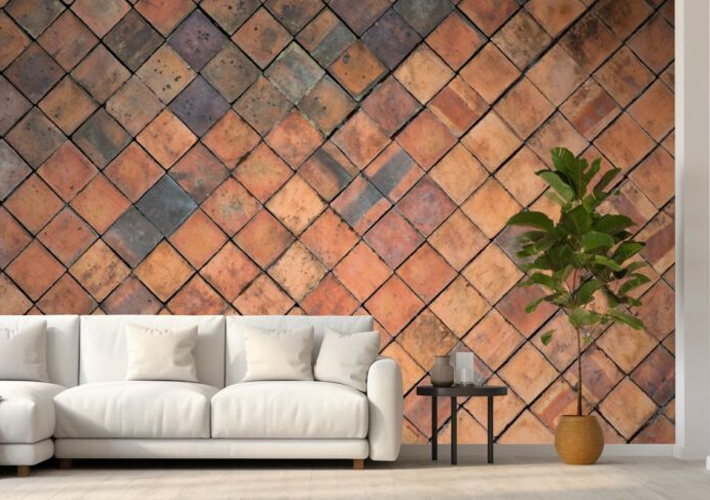
Clay and Terracotta 3D Wall Panels
Material Composition: Clay and terracotta are natural materials known for their earthy tones and timeless appeal. These materials are fired at high temperatures to create durable, weather-resistant panels.
Design Options: Terracotta panels can be created in a variety of 3D patterns, including ribbed, corrugated, and sculpted designs, adding both texture and color to the exterior.
Benefits:
- Natural Look: Clay and terracotta have a natural, warm aesthetic that blends well with both modern and traditional architectural styles.
- Sustainability: These materials are environmentally friendly, made from natural resources and requiring little energy in their production.
- Thermal Insulation: Terracotta has excellent thermal insulation properties, helping to maintain comfortable indoor temperatures.
Applications:
- Residential Homes: Ideal for creating a rustic or natural look on the exterior of houses.
- Cultural Buildings: Used in museums, cultural centers, and other institutions that value traditional materials and craftsmanship.
Installation: The installation of clay and terracotta panels may be more labor-intensive due to the fragility of the material during transport.
Conclusion
Summary: The use of exterior 3D decorative wall panels is a growing trend in modern architecture, with materials ranging from fiber cement and PVC to WPC, stone, concrete, metal, GFRC, and terracotta. Each material offers unique benefits, from durability and weather resistance to aesthetic appeal and ease of installation.
Final Thoughts: As the demand for innovative, sustainable, and visually striking exterior finishes continues to rise, 3D wall panels will undoubtedly remain an important element in shaping the facades of the future. Whether you are a homeowner, architect, or contractor, choosing the right material for your project can significantly impact both the look and longevity of the building.

